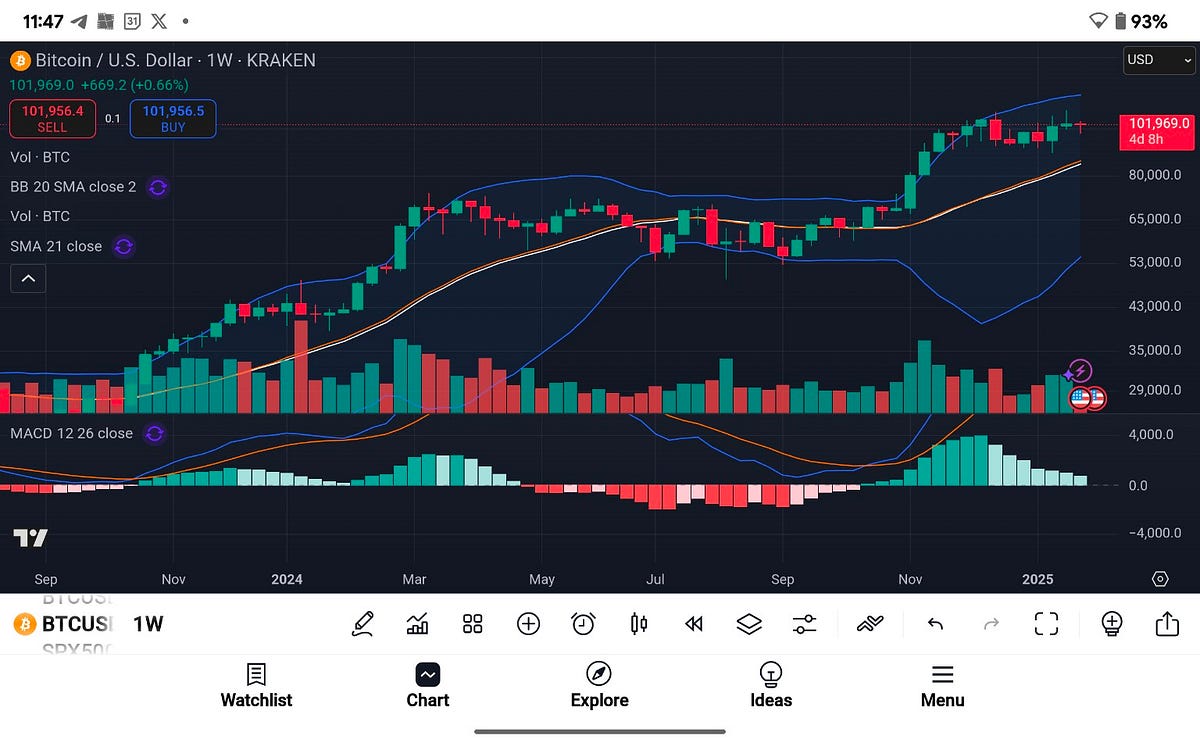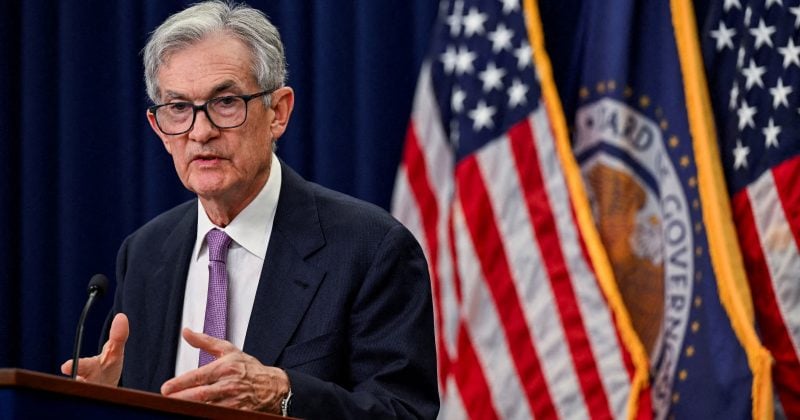Discover the strategies to dodge the Winner’s Curse in crypto trading and boost your market mastery!

This is the first article in a series that will explore Nobel Prize-winning economic theories, focusing on their application in the world of investment, trading, and cryptocurrencies. The goal of these columns is to inform readers about these ideas and how they can not only understand them but also implement them in their daily practice. Each year, the Swedish Academy awards the Nobel Prize in Economics to the most influential theories. Although these theories cover various aspects of the economy, here we will focus on those that explain market functioning and investments to take advantage of the tools they offer, improve our investment decisions, and better understand financial market behavior.
In this article, we will discuss the 2020 Nobel Prize-winning theory developed by Paul R. Milgrom and Robert B. Wilson, known as the “auction theory.” These economists were awarded the Nobel Prize for designing a model that enables auctions to be more efficient, optimizing resource allocation, even under conditions of uncertainty and information asymmetry. This theory has not only had a significant impact in the academic field but has also transformed the global economy by way of facilitating the fair and efficient allocation of scarce resources (the most famous case was in the telecommunications industry of all places) and has benefitted both governments and companies, as well as consumers.
WHAT IS AUCTION THEORY?
When you think of an “auction,” you probably imagine a room full of people raising paddles to bid on art or antiques — an auction is, in fact, simply a system of selling where buyers compete by offering prices for a good, service, or asset. In this process, the person who offers the highest amount of money gets the right to buy the item; while there are different types of auctions, in general, the main idea is that prices rise as bidders compete.
However, auctions are not limited to these specific events. They also play a fundamental role in how prices are determined in financial markets. Milgrom and Wilson’s auction theory teaches us how prices are formed, how to avoid overpaying, and how to make smart decisions in competitive markets. Whether you are new to cryptocurrency trading or have years of experience, the applications of this theory can help improve your strategies by selecting the right method of buying/selling for your specific situation.
The problem that Milgrom and Wilson’s theory set out to solve was that in auctions where bids are private, the lack of knowledge about other parties’ valuations of an item can cause uncertainty about the true value of the auctioned item. This system often led the winner to overpay because, without knowing the other bids, they would overestimate the value of the item and pay more than it was actually worth. This generally made auctions less efficient and led to an outcome that became known as the “winner’s curse,” where despite placing the winning bid, the degree to which one overpaid was sufficient to make it such that it might have been better if they didn´t as one may imagine, these problems of overpaying led to much discontent between buyers and sellers, as resources were not always distributed fairly.
To solve the “winner’s curse” problem in auctions with private information, Milgrom introduced greater transparency and information sharing, achieving more efficient resource allocation by way of allowing the influence of other’s bids to push the price closer to the “true” price. This was key to avoiding inefficient government auctions and maximizing value for both the sellers and buyers of a host of different assets.
Milgrom essentially demonstrated that in public auctions (like English auctions), bidders adjust their offers based on the information revealed by competitors, which creates stronger competition and often leads to better results for both parties.
HOW CAN I APPLY THIS THEORY TO TRADING?
As we have seen, this theory is crucial to understanding how prices are determined in financial markets where auctions are common (e.g., government bond auctions and initial public offerings). Different auction models optimize for different outcomes, and so having a knowledge of each type and its best use case can easily translate into better execution prices, that is, not losing money unnecessarily.
Improving Strategic Decision-Making
The essential reason one would use an auction to sell an asset as opposed to just placing a market order (i.e., clicking the sell button) is that they are okay with waiting a bit longer for their trade to be executed, as long as the final price is better. This is good to know, and we can extrapolate further that there exists a trade-off between speed of execution and execution quality.
In some cases, such as when the price of a token you somewhat unscrupulously bought at 3 am while drunk is now crashing, the primary goal isn’t that you get the best transaction execution so much as the transaction has to go through *absolutely right now* else you’ll just keep losing money. In other cases (say your long-term investments), speed of execution isn’t so important. Whether the trade goes through in 10 seconds, 10 minutes, or even tomorrow isn’t all that important because waiting might save you a significant amount of money.
More Sophisticated Risk Management
A beginner might be tempted to buy during moments of euphoria when prices are inflated. The “winner’s curse” theory warns them of the dangers of overpaying for an asset. Through this theory, the beginner can learn to be more critical and cautious before buying, questioning whether the price truly reflects the asset’s value or if it is inflated by market enthusiasm — in crypto, such unfortunate souls are often referred to as “exit liquidity.”
Experienced traders, who often manage large portfolios, need to minimize risks. Auction theory teaches them to use the available information optimally (and also that sometimes making information available too soon can be detrimental), helping them identify inefficient prices and moments of high volatility. This allows them to improve their risk management strategies by avoiding unnecessary risks using asymmetric information to detect opportunities in less efficient markets.
FOR EXPERTS
For a more experienced trader, auction theory provides advanced tools to optimize strategies and take advantage of market opportunities.
Maximizing Profits in DeFi Auctions
In the DeFi ecosystem, auctions are used for collateral liquidations. Programmatic traders monitor and compete to seize opportunities in decentralized auctions, applying the principles of combinatorial auctions to acquire undervalued assets or avoid overpaying by adjusting their bids strategically.
The theory of combinatorial auctions is used today in DeFi and MEV markets by block builders and searchers; from a pool of several incoming transactions, searchers can optimize their profitability by bidding on combinations of transactions, as opposed to individual ones. For example, a searcher may have a price for Tx A and a separate price for Tx B but a third price for the combination of A and B together, which may be higher than the simple sum of the two.
Exploiting Market Inefficiencies
An experienced trader can use this theory to identify moments when the market presents inefficiencies. Auction principles allow traders to detect discrepancies between the real value of an asset and its market price. This opens the door to arbitrage opportunities or undervaluation, especially in volatile markets or those with incomplete information, where other participants might be operating with incorrect data.
CONCLUSION
Milgrom and Wilson’s auction theory has not only revolutionized how resources are allocated in complex auctions but also provides valuable lessons for trading, especially in markets like cryptocurrencies. From helping beginners avoid falling into the “winner’s curse” to offering advanced traders tools to optimize their trading, this theory is essential for understanding and improving decision-making in competitive markets.
In the next article, we will explore the 2017 Nobel Prize in Economics awarded to Richard Thaler for his work in behavioral economics. We will see how human behavior and psychological biases influence buying and selling decisions in the markets and how emotions can create both opportunities and risks for traders.
If you enjoyed this article, I invite you to share it and join me next week! :)
Master the Market: 2020 Nobel Prize Insights in Crypto Trading was originally published in The Capital on Medium, where people are continuing the conversation by highlighting and responding to this story.

 2 months ago
41
2 months ago
41









 English (US) ·
English (US) ·